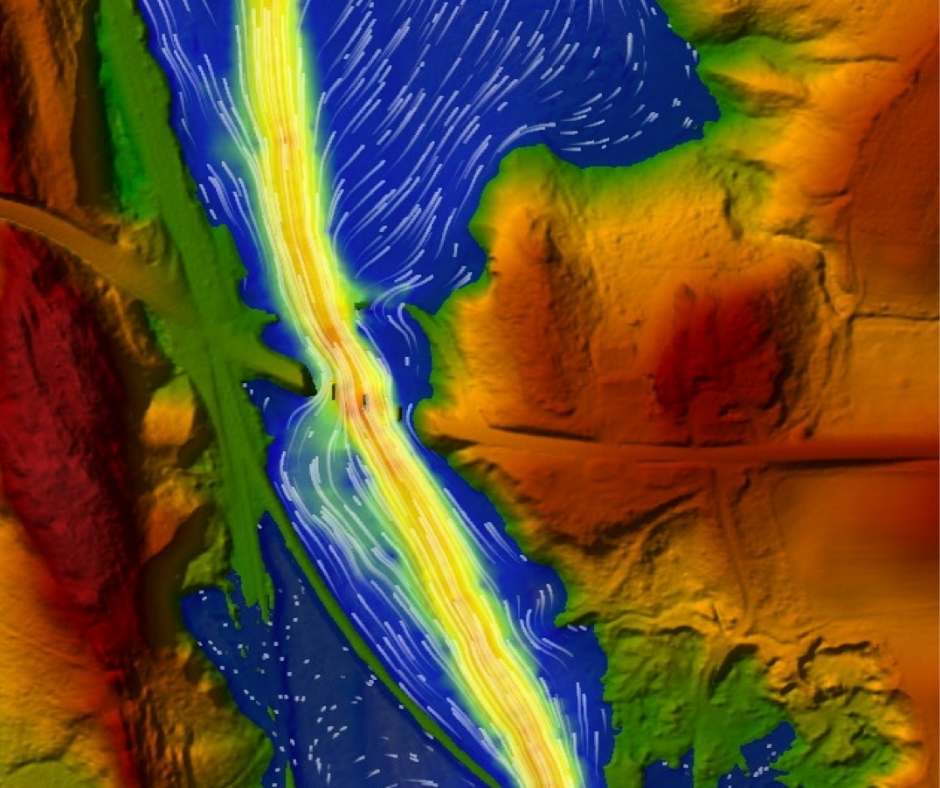
Project 4.04: Bridge-stream network assessment to identify sensitive structural, hydraulic
and landscape parameters for planning flood mitigation
Principal Investigator
Dr. Mandar Dewoolkar
Co-PIs
Dr. Donna Rizzo
Dr. Arne Bomblies
Institution:
University of Vermont
Project Status
Completed
Project Cost
$424,825
Start Date
07/01/2018
Project Type
Base-funded
End Date
08/31/2021
Agency ID
69A3551847101
Sponsors:
Office of the Assistant Secretary for Research and Technology, University Transportation Centers Program, Department of Transportation, University of Vermont,VTrans.
Implementation of Research Outcomes:
This study, as far as is known, is only the second to quantify the flood impacts on hydraulic bridge infrastructure under high-risk transient conditions on a river scale; and is the first study to do so on multiple rivers, and compare and contrast the model results across multiple rivers leading to an attempt of making some generalizable conclusions for bridge-stream networks in mountainous region in temperate climates. The results also showed how floodplain reconnection can be an effective method in certain situations to reduce potential adverse flood impacts on infrastructure. The developed screening framework is valuable for resource prioritization, holistic design of bridges, and bridge and river rehabilitation projects.
Impacts and Benefits of Implementation:
The hydrodynamic models developed in this project have been leveraged to simulate and rank suites of floodplain reconnection projects that lessen flooding impacts to infrastructure and maximize phosphorus load reductions in support of Vermont’s Functioning Floodplain Initiative
(https://dec.vermont.gov/rivers/ffi). Additionally, the models have supported validation of a low-complexity hydraulic modeling approach (e.g., Height Above Nearest Drainage) to characterize floodplain-channel
